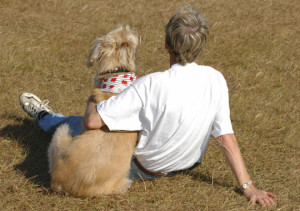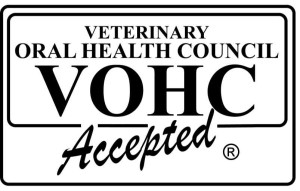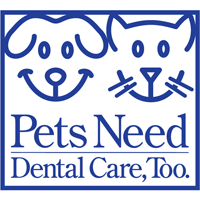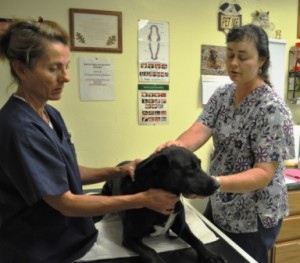
Pets can be good medicine
Did you know that people with pets visit their physicians less often? The Human-Animal Bond Research Initiative recently announced that pet owners go to their doctor less often that people who don’t own pets.
Individuals who own a dog and actually got out and walked it five or more times a week had a lower incidence of obesity. The result was an estimated $419 million worth of health care related savings.
Caring for a pet may also reduce stress levels by giving someone something soft and furry to pet thus stimulating tactile sensory input into the brain. Furthermore, people often experience less anxiety when they have to think beyond themselves and care for something else. It can also be comforting to have a non-judgmental companion that can make you laugh at their silly antics.
The bottom line is that pets can be good medicine for the heart and soul.








 Over half of US cats and dogs are overweight or obese and their owners don’t even realize it.
Over half of US cats and dogs are overweight or obese and their owners don’t even realize it. See your veterinarian for more information on assessing your pet’s weight and selecting the best food for your pet’s life stage and health needs.
See your veterinarian for more information on assessing your pet’s weight and selecting the best food for your pet’s life stage and health needs.